Beech bark is busy with bugs. In just three hours staring at the bark of a few beeches to observe the traffic, here is what I encountered.
Given that there are more species of beetles in the world than any other group of animals, it’s no surprise that I found more beetles than other insects. As you can see, beetles come in many different shapes and colors. But most adults have the characteristic line down the middle of the abdomen that separates the two stiff forewings called elytra.

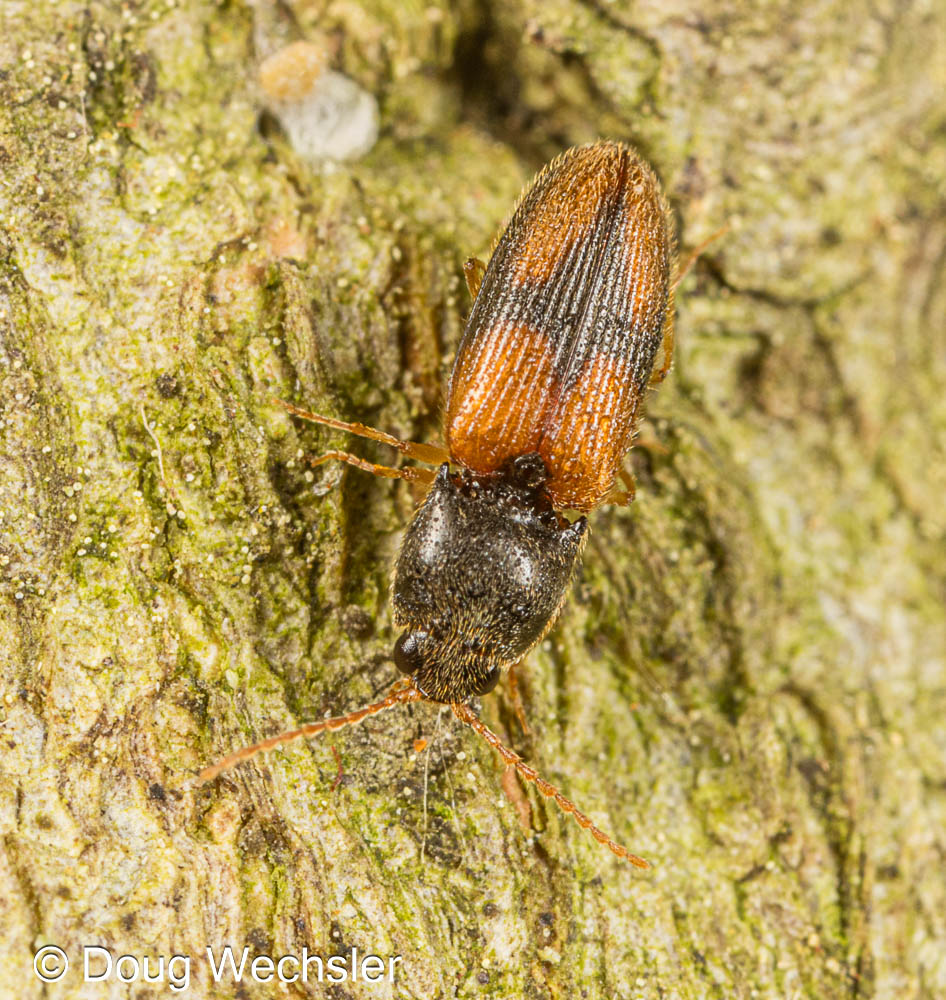
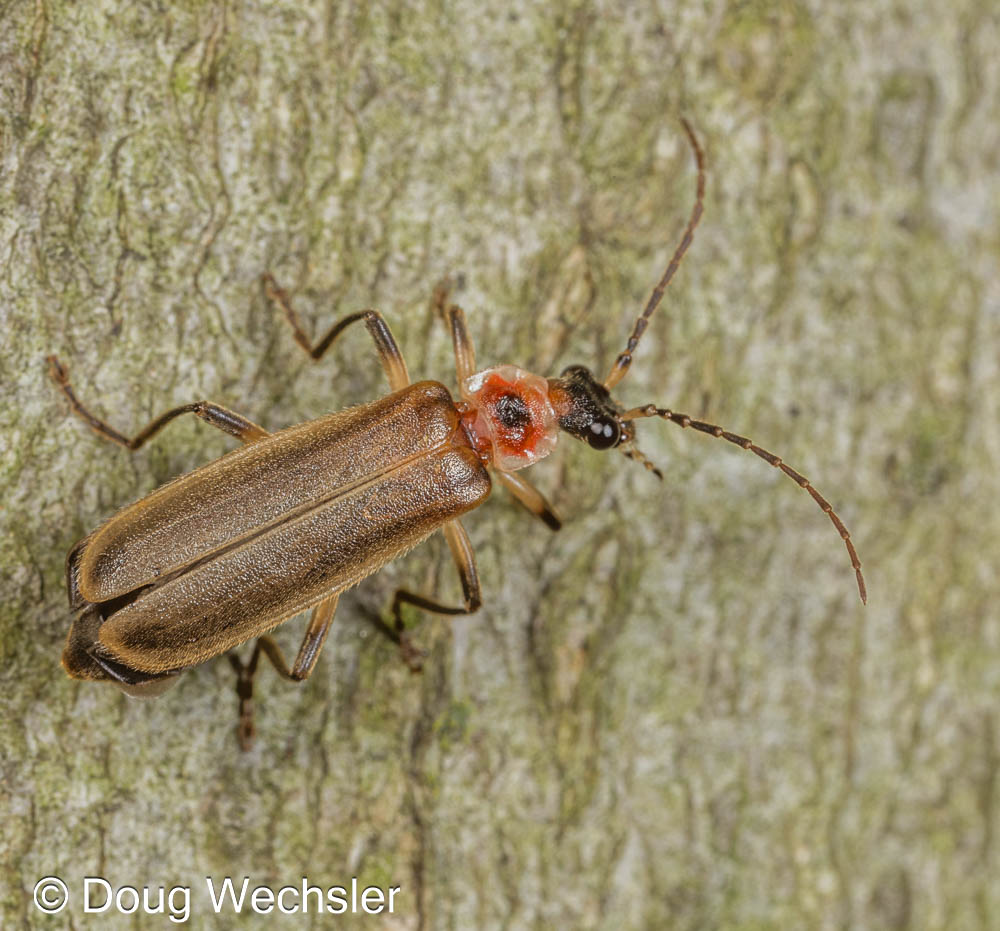
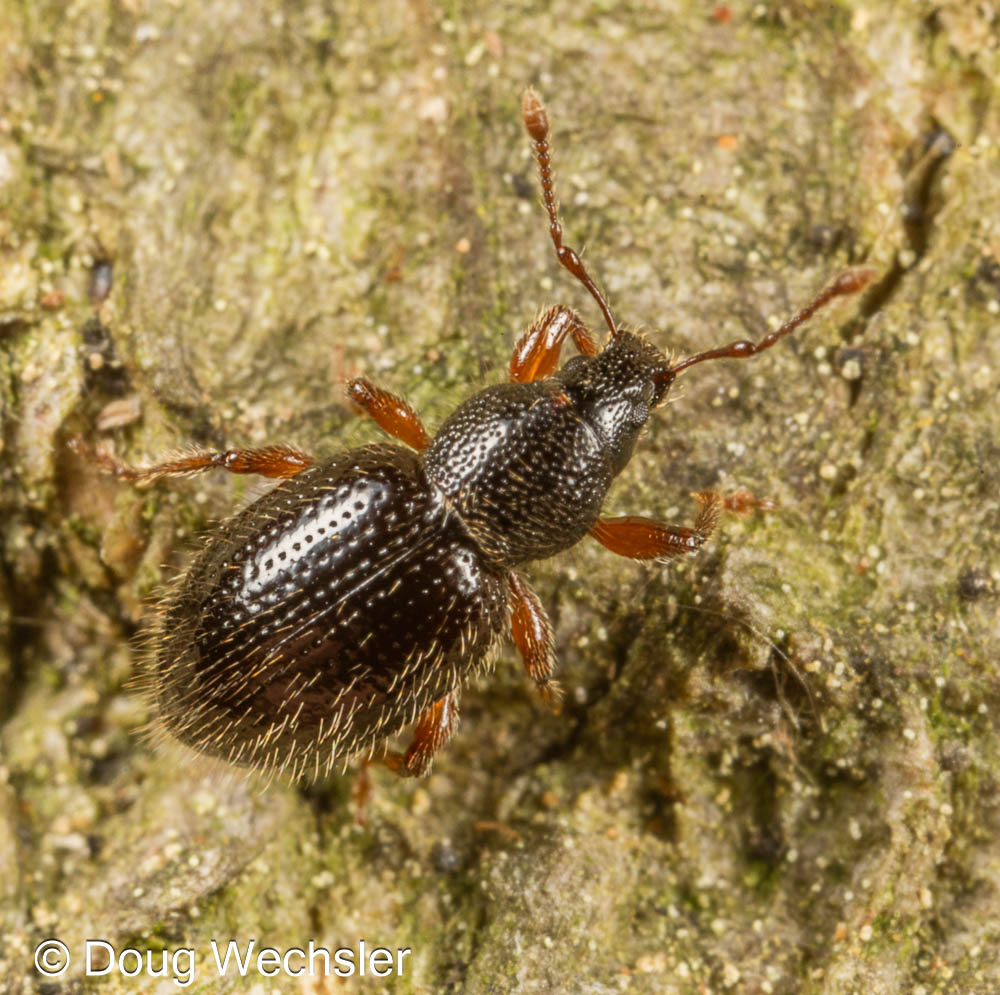
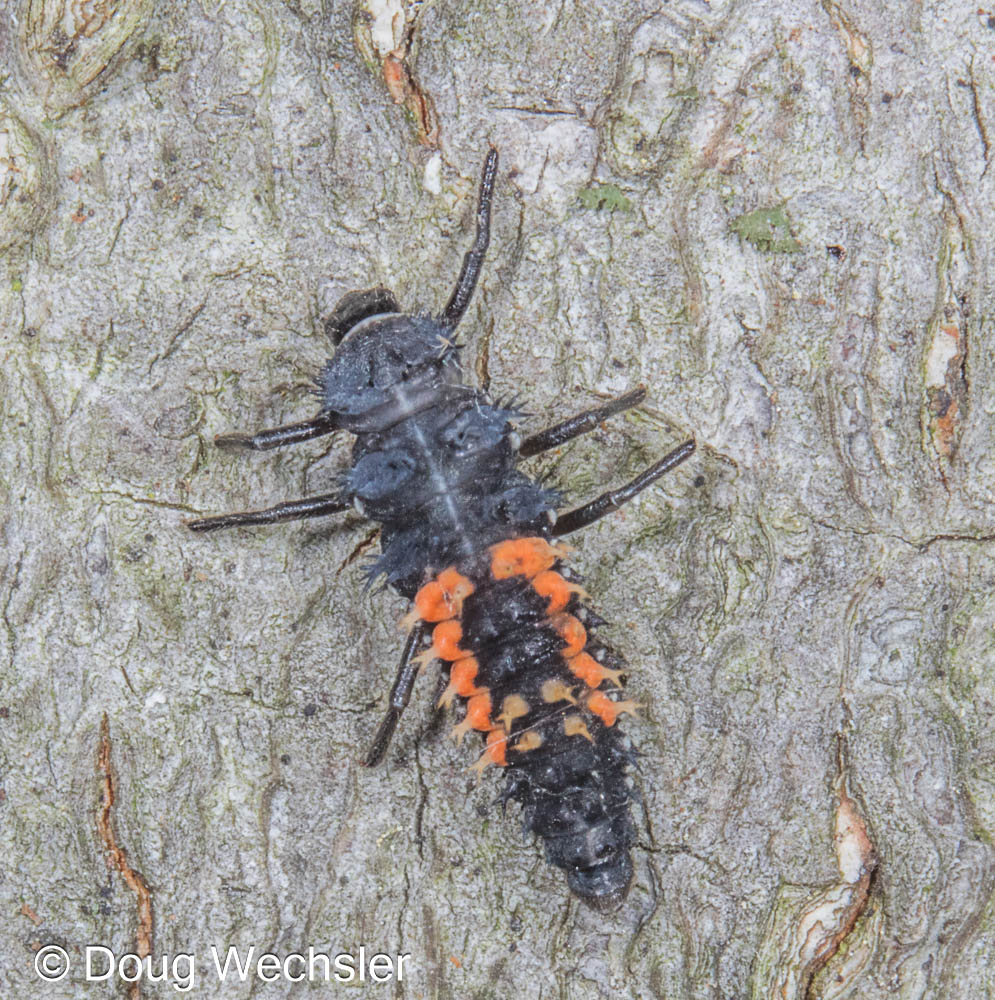
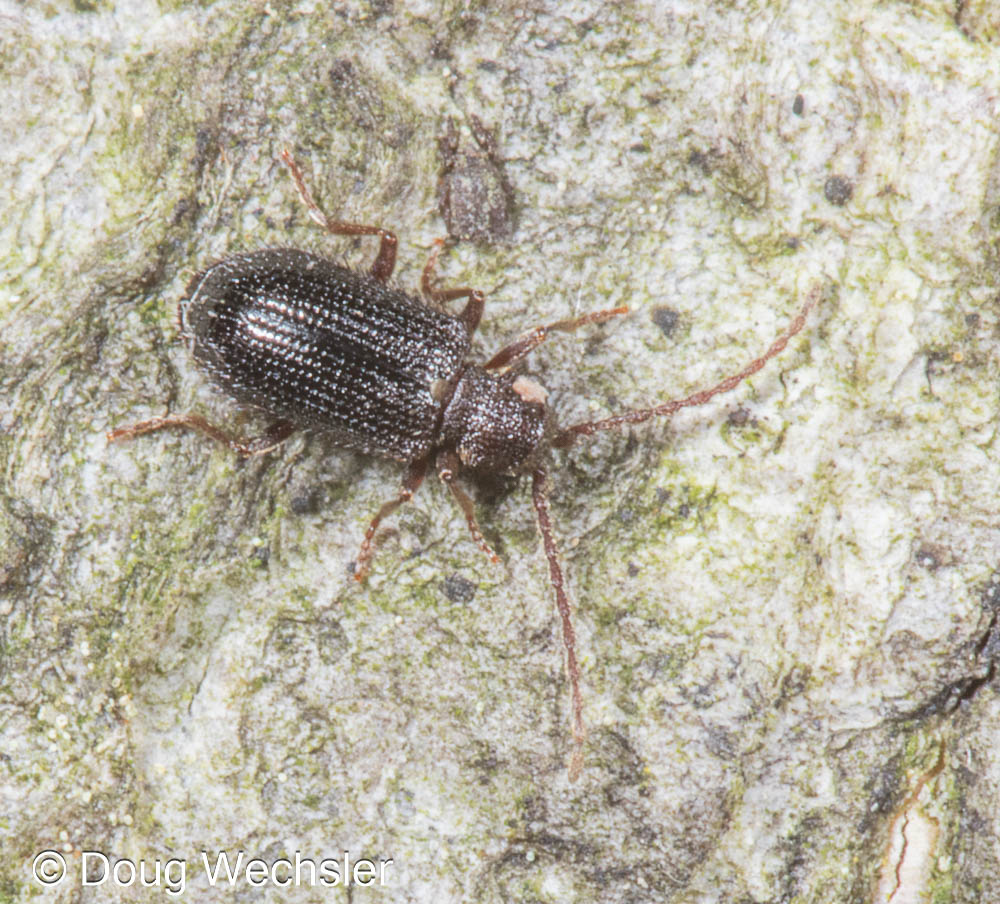

Though ants are not as diverse as beetles, there are more individual ants on the trunk. Movement up and down the beech tree is always evident.
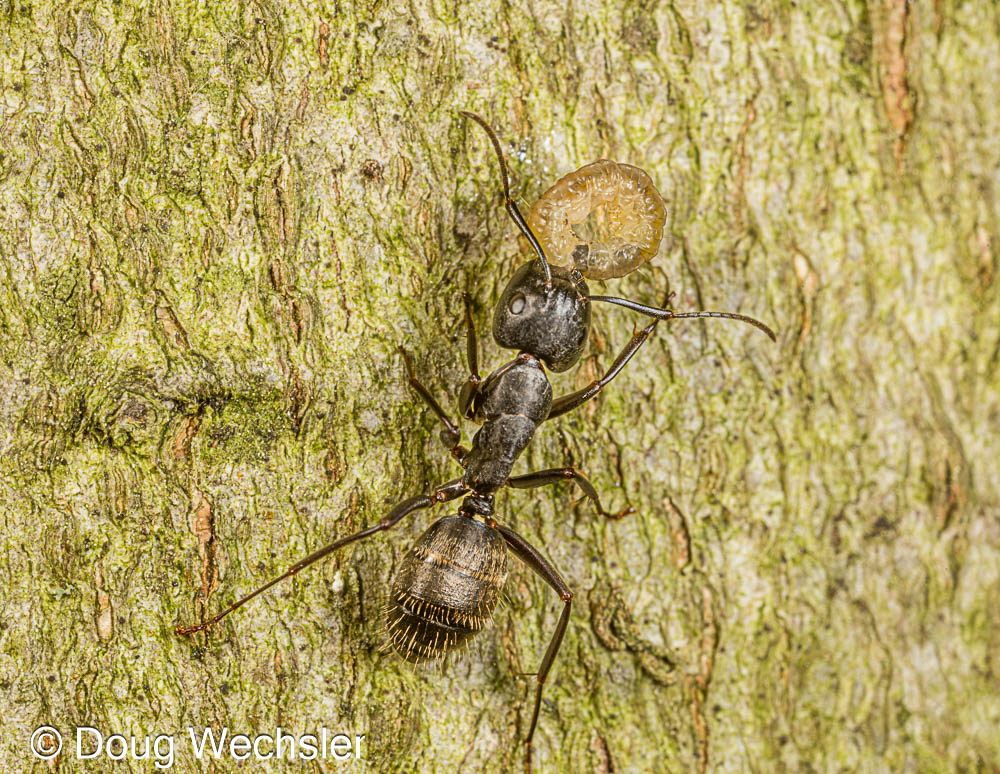
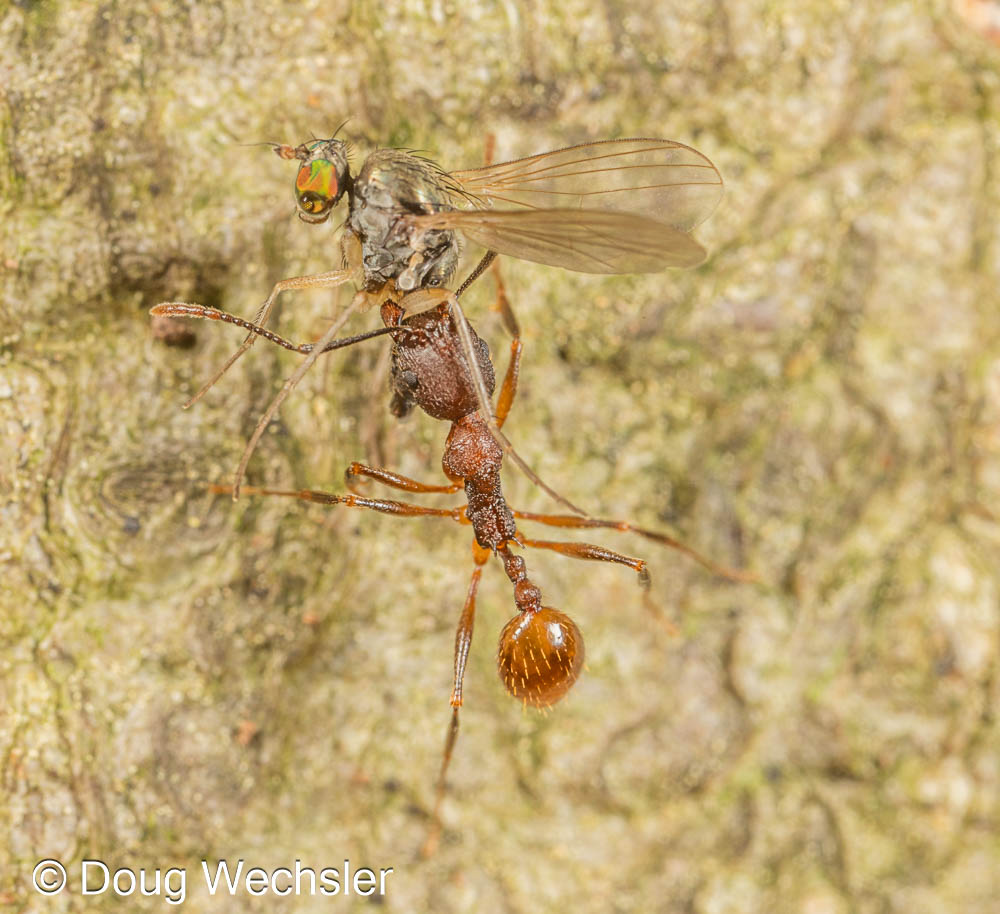
Moths like this intricately-patterned geometer moth blend in beautifully with the bark. In poorer light, I might have missed this. Smaller moths can hide in little cracks, although beech trees, with their smooth bark, don’t have as many crevices as other trees.

Then there are the hoppers like the leafhoppers and planthoppers that form a group in the order Hemiptera. Most are smaller than your fingernail.
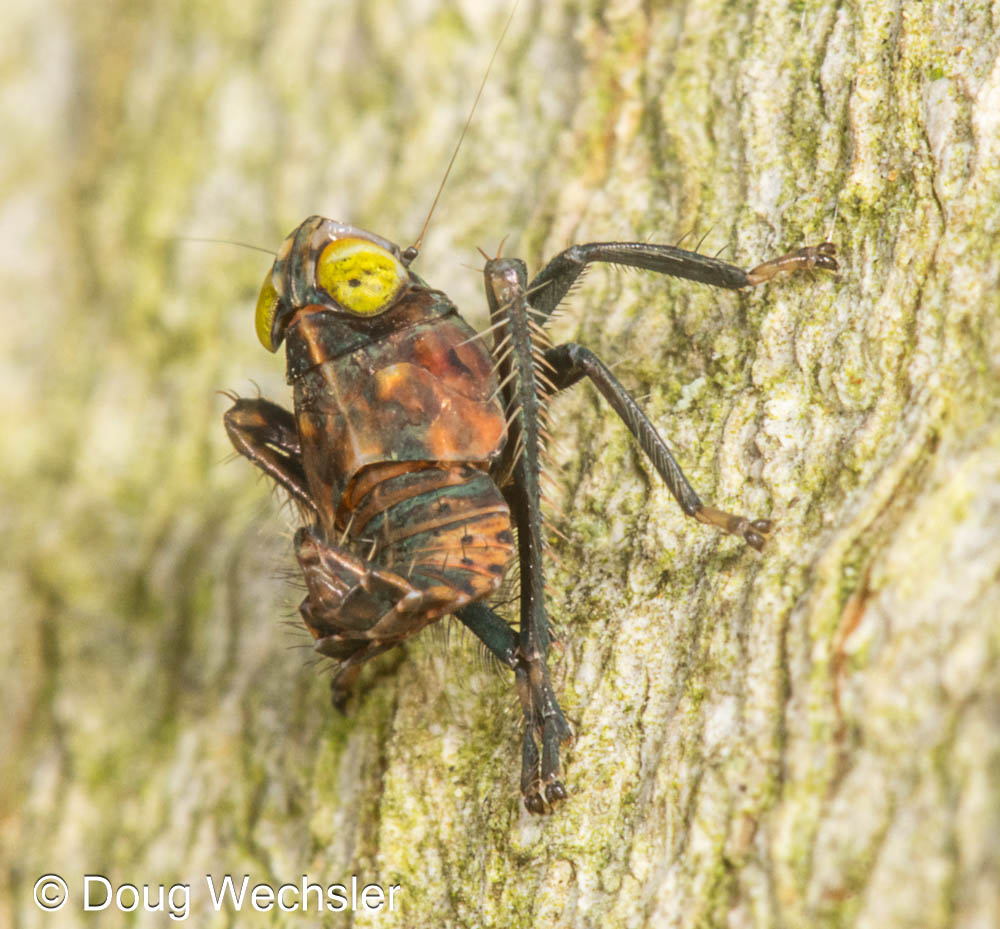
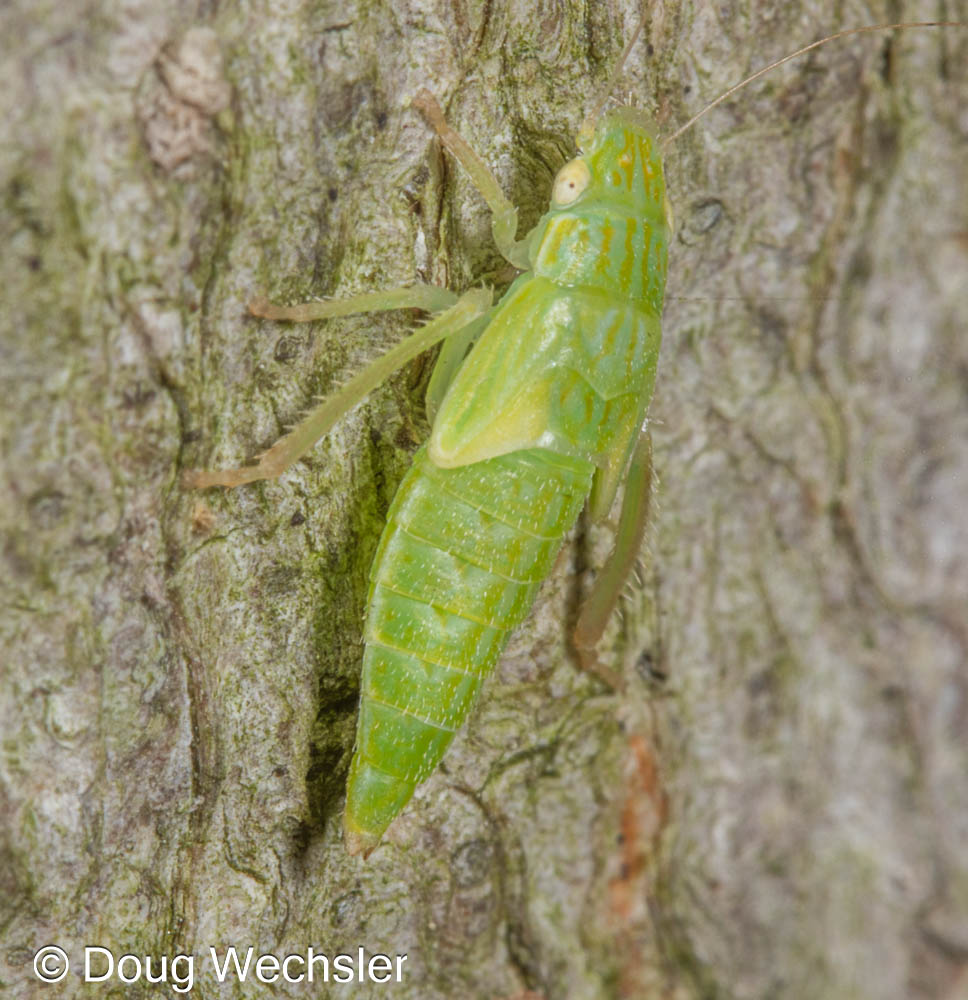

According to the Smithsonian, flies are the second most diverse order of insects in the US after beetles. My three-hour survey concurs.
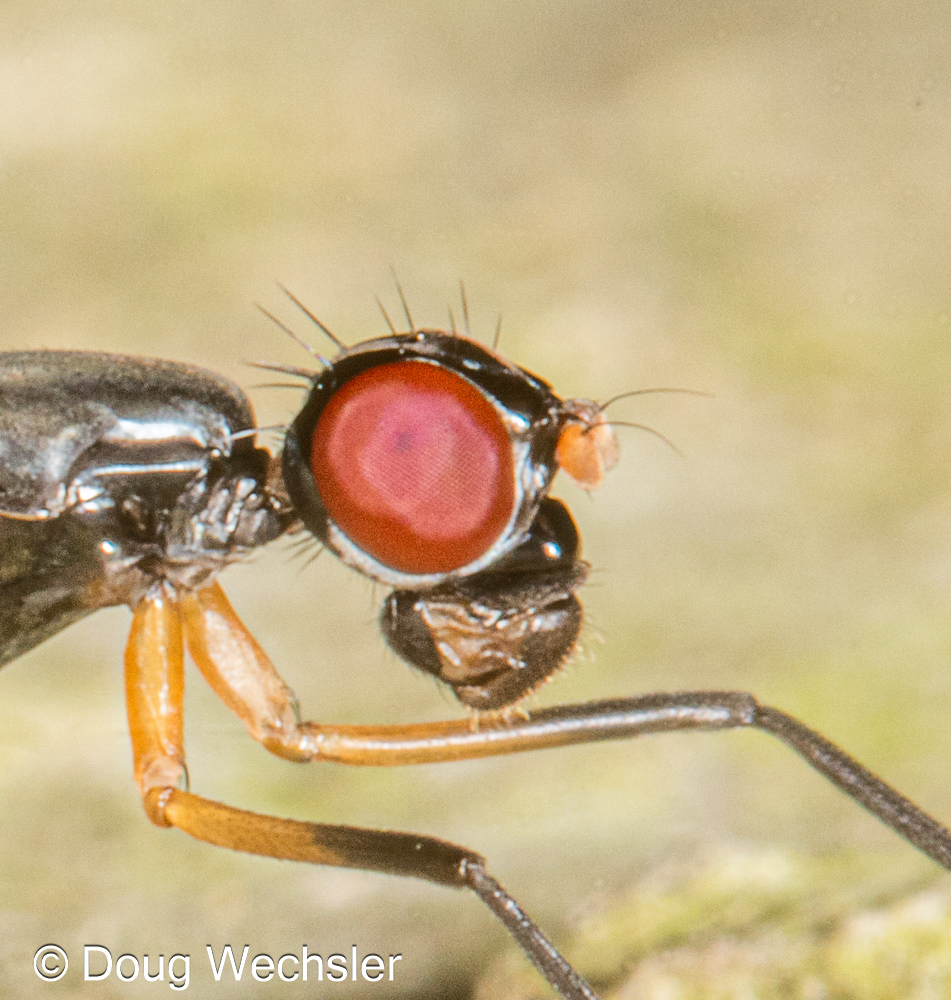

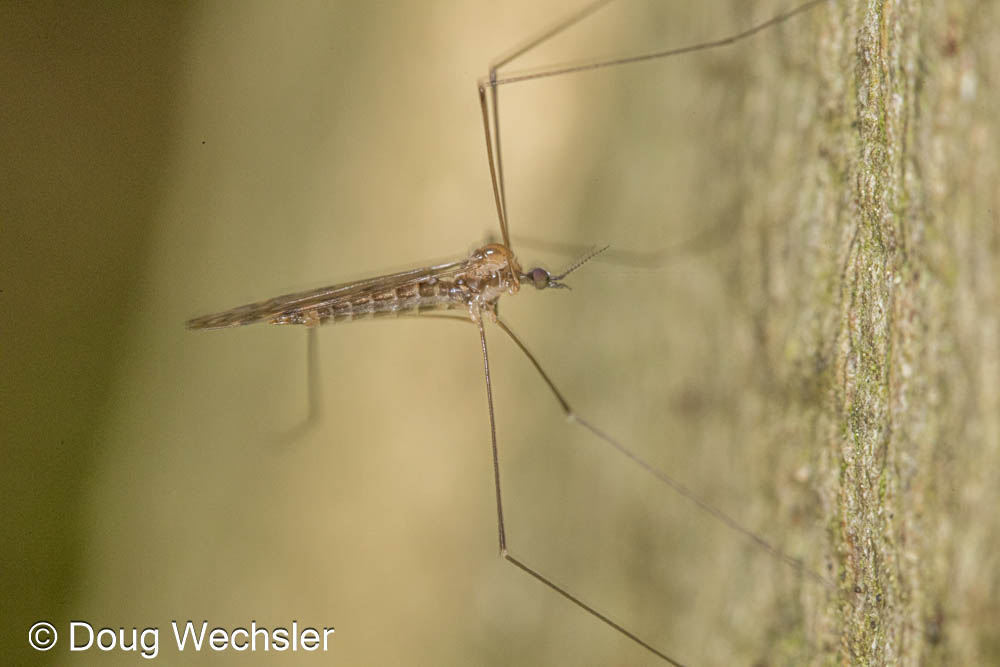

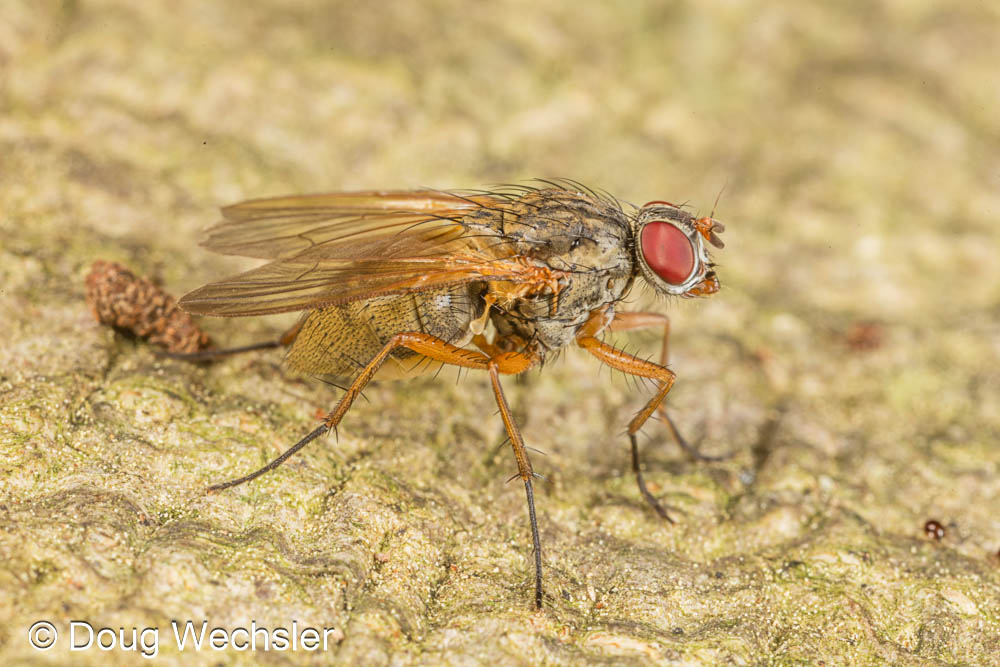
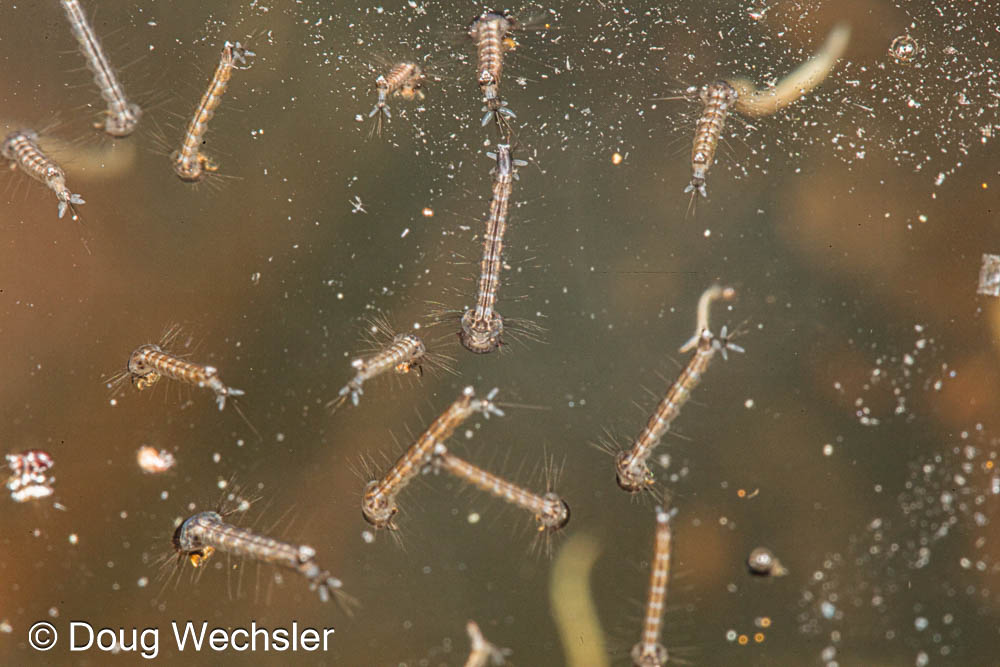
Springtails are insect relatives that are especially abundant in leaf litter. This one is more adventuresome, traveling up the trunk.
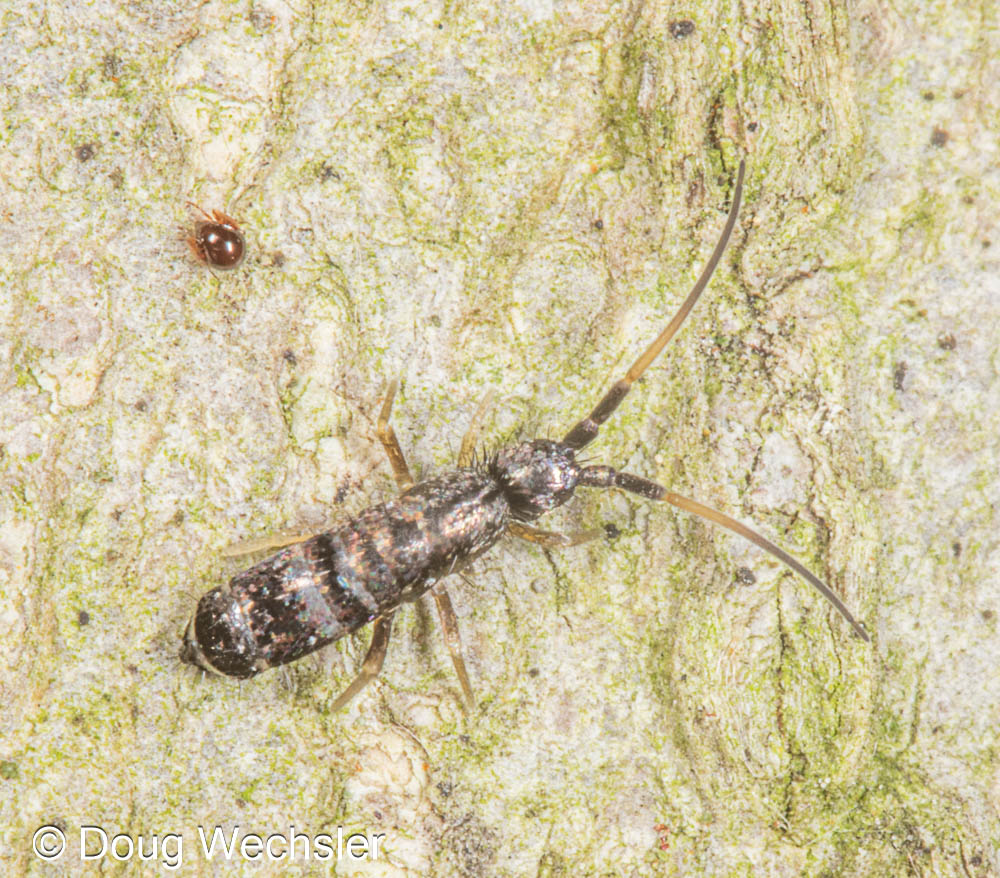
Isopods (sowbugs, pillbugs, rolly-pollies) mostly inhabit logs, leaf litter, and damp spaces, but some wander up the trunk.

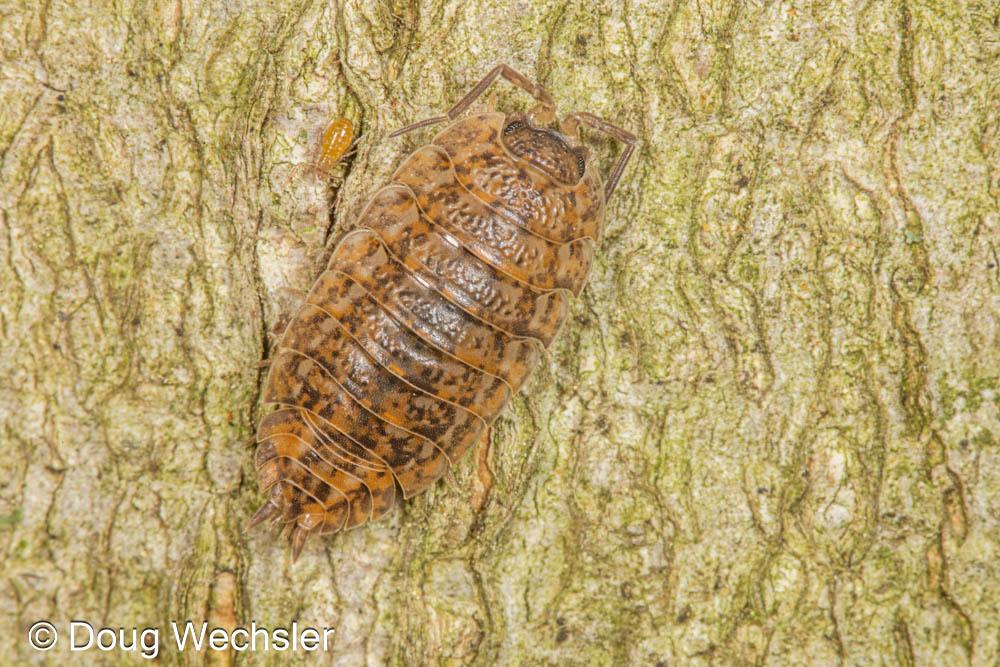
Did you notice the little yellow blob that the woodlouse’s left antenna points to? I didn’t. At least not until I was posting this photo. Meet the pseudoscorpion. Look below to see it enlarged. Pseudoscorpions often hitch rides on insects. They poison their prey with venom from their pinchers, but these tiny beasts are harmless to humans.
Pseudoscorpions are arachnids along with spiders, harvestmen (daddy longlegs), and mites.

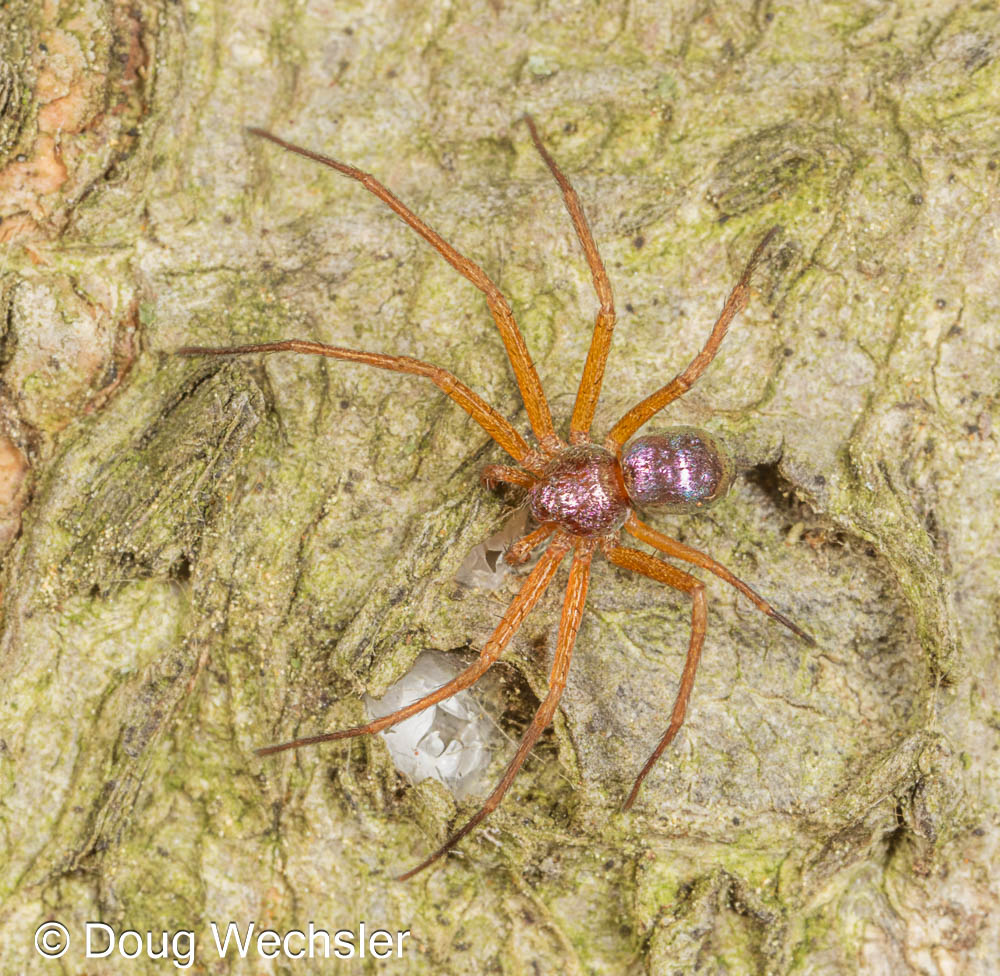
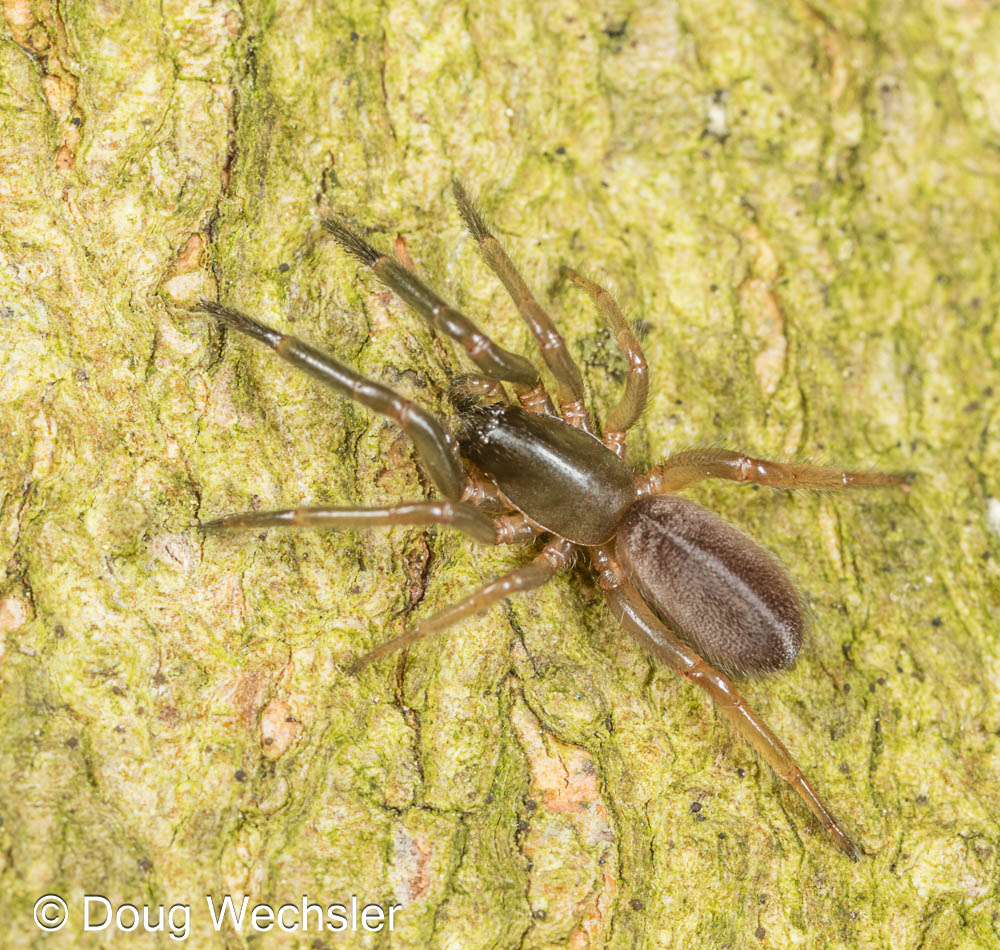


We’ll close with a millipede and two gastropods. Of course a few bugs got away before I could photograph them. The smooth bark of the beech makes it easy to detect critters. Are beech trees special or do all trees have this many creatures climbing on them? That’s a question to be pondered. It’s wonderful what you can see in a few hours in the woods.
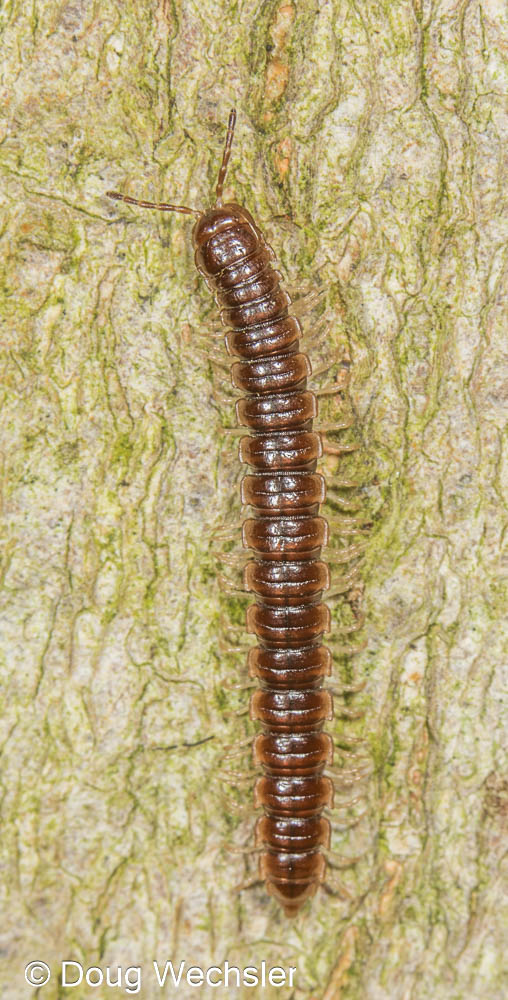
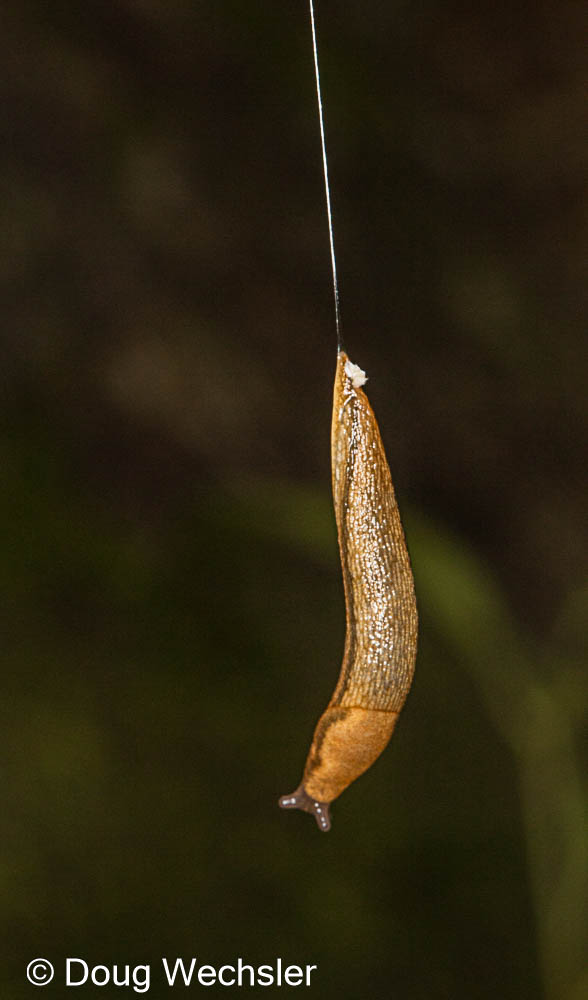

29 species, not bad for less than three hours on one kind of tree!
